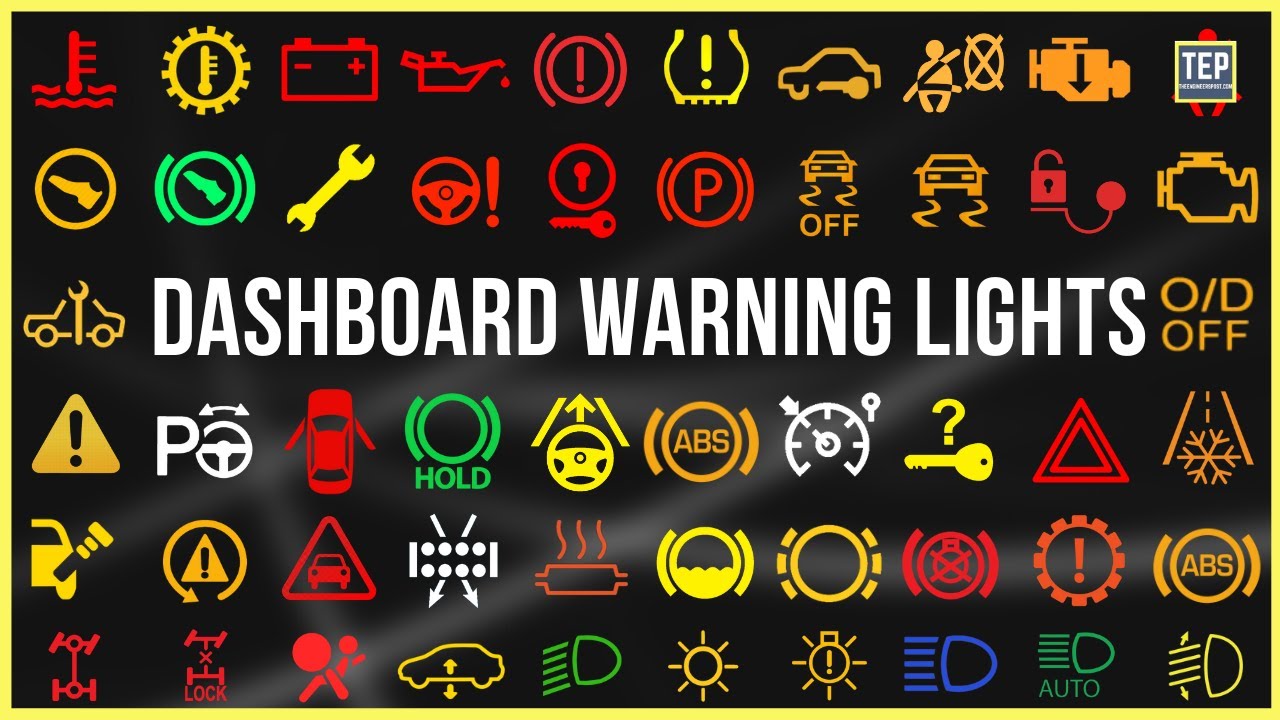Cruise control has been around for a long time and lets you set your car’s speed. The adaptive system adjusts your automobile speed to keep you safe from the vehicle ahead without your input. If the automobile in front of you slows down, the ACC will slow your car to avoid a collision.
Dynamic, intelligent, radar, automated, distance and active cruise control are all terms for adaptive cruise control. This system’s merits and drawbacks will be explained in the following paragraphs.
How is ACC operated?

The steering wheel settings for ACC let you specify a speed and distance from the automobile in front. Hit the throttle or brake pedals to interfere.
A distance sensor keeps your car from hitting the car in front of it, while a speed sensor accelerates/decelerates your car. The “ACC system technology has a lane-centering feature, which scans the lane markings and helps you stay in your lane if the system detects you’re drifting out of it” in select vehicles.
This is how the system operates:
- You choose your speed limit.
- The adaptive cruise control maintains speed.
- If the built-in radar sensor detects a car ahead, the system will slow the vehicle to avoid a collision.
- When the road is clear, the system accelerates the vehicle to maintain a pre-set speed.
- ACC with stop-and-go allows for a complete stop when the automobile in front stops.
What does acc signify in a Toyota or Honda car? You now know the answer and how they work. ACC signifies the same in all autos. However, advanced ACC may offer more features.
Car ACC can indicate several things depending on context. ACC stands for adaptive cruise control. But what is car ACC mode? Second, ACC on ignition mode switches on auto accessories but not the engine. Starting your car in ACC mode lets you turn on the radio, windshield wiper, lights, etc.
Advantages of ACC
The adaptive cruise control system increases safety by letting drivers pre-set a distance between their car and the one in front. This device lets drivers specify short, medium, or long gaps between cars in front of them, decreasing fender benders. It alerts you to impending obstacles before you see them.
Spatial awareness helps adaptive cruise control maximize traffic flow. ACC technology eliminates speed concerns. Instead, you focus elsewhere.
Types of ACC Systems
Typical adaptive cruise control systems are;
- Cruise control using radar
- Cruise control with laser
- Binocular The optical computer vision system
- Aiding systems
- Multisensory systems
- Predictive tech.
Limitations of ACC
While adaptive cruise control has numerous benefits, it also has some drawbacks. ACC’s main drawback is its lack of autonomy. The driver must master safe driving abilities to intervene in particular scenarios for outstanding results.
The system also struggles in rainy, snowy, and foggy circumstances. Driving through tunnels is another reason. The adaptive cruise control technology works well in bright light.




